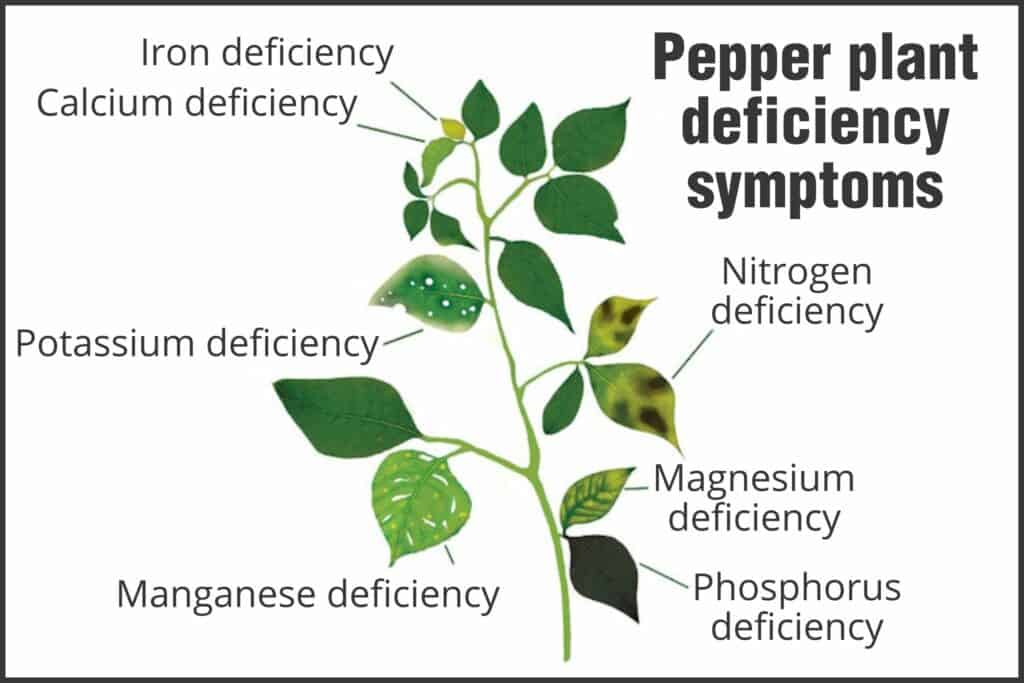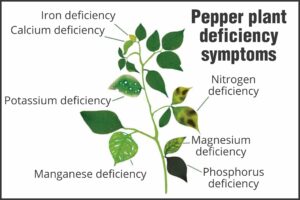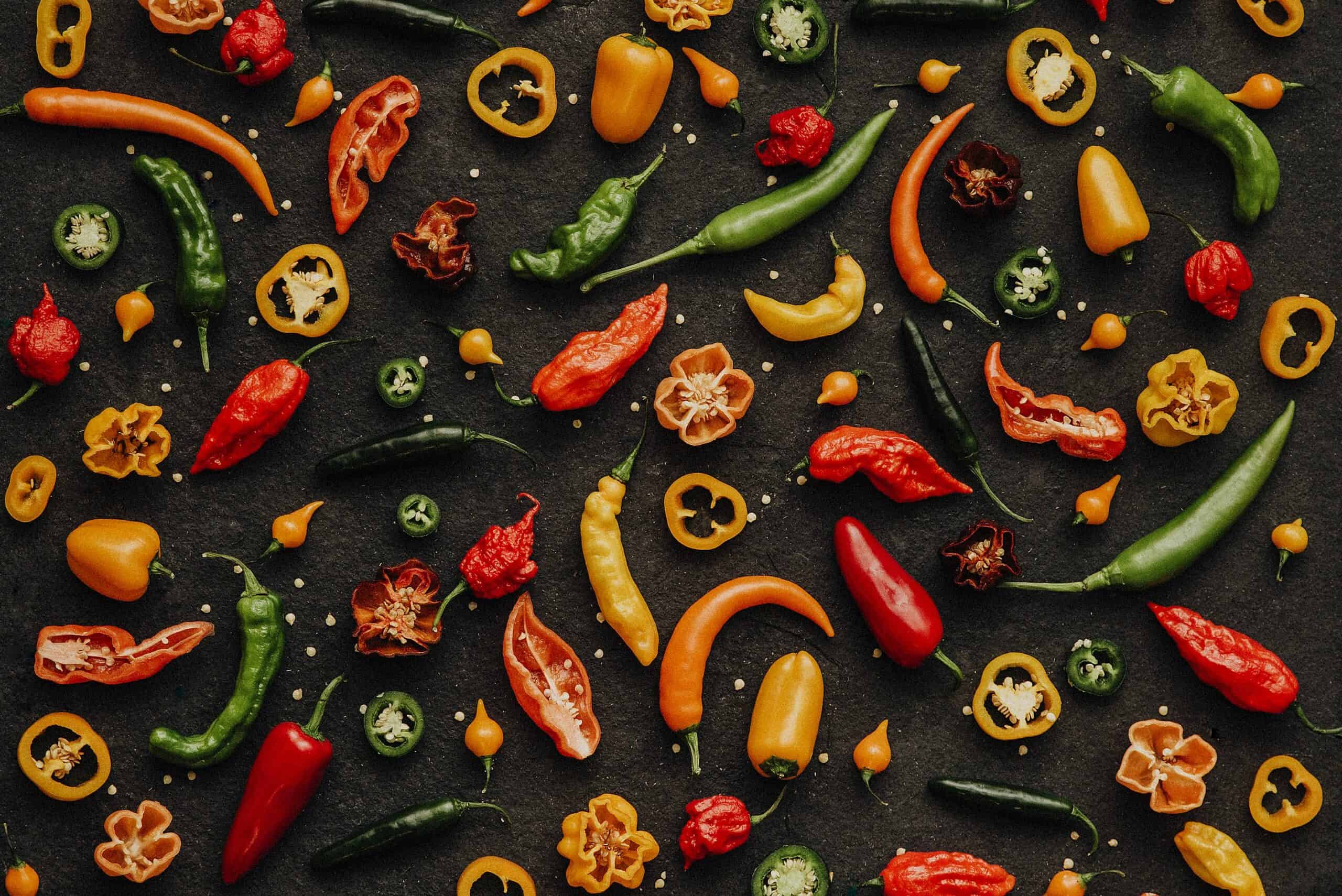
Video reviews - The Scovillians test various peppers
The Scovillians have a YouTube channel and review spicy food on it. Check out the videos where they eat and review different chilies from Westlandpeppers .
Share:

Share:

We regularly get questions from people, especially toward the end of summer, about problems with their pepper plants. A common cause is that people forget how important proper fertilization is for a fruit-bearing plant such as the pepper plant. Fortunately, you can use excellent general plant food for this purpose, which is available in many stores.
On the English-language site, worldofchillies, you'll find a nice infographic explaining the well-known deficiency symptoms you can see in peppers. We made a Dutch translation of this, so you can find out what's going on if your pepper plants don't look so healthy. And if things really don't work out and your plants give up, you can always order your much-needed portion of peppers through our web shop.


The Scovillians have a YouTube channel and review spicy food on it. Check out the videos where they eat and review different chilies from Westlandpeppers .

We know that many pepper lovers also enjoy growing their own peppers. In this blog you will find a brief overview of which nutrients are needed for healthy growth of your pepper plants.

We are fans of Nick Toet and his YouTube channel Food with Nick! Every week he shares new recipes and often uses chilies to flavor the dishes. Check out the videos where he uses Westlandpeppers peppers here.
| Monday | from 8:00 a.m. to 5:00 p.m. |
|---|---|
| Tuesday | from 8:00 a.m. to 5:00 p.m. |
| Wednesday | from 8:00 a.m. to 5:00 p.m. |
| Thursday | from 8:00 a.m. to 5:00 p.m. |
| Friday | from 8:00 a.m. to 5:00 p.m. |
| Saturday | from 8:00 a.m. to 12:00 p.m. |
| Sunday | Closed |
Burg. Crezeelaan 44A
2678 KZ De Lier
The Netherlands
© Westlandpeppers | Webshop by Buro Staal

Thursday, May 29 (Ascension Day), the webshop will be closed. Orders placed after 11:00 a.m. Wednesday morning will be processed Friday, May 30. Thank you for your understanding!